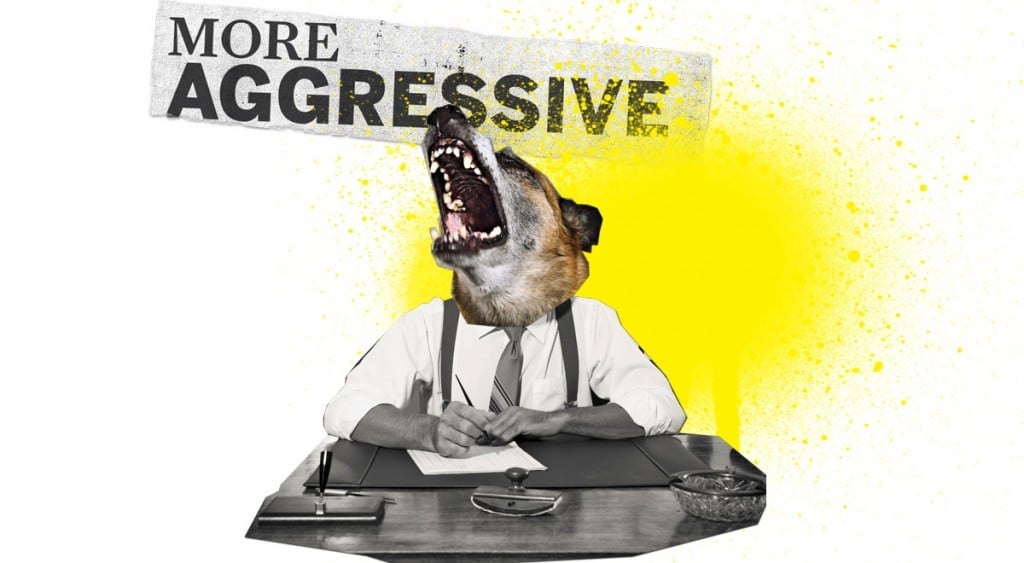New rules of investing
A 60-40 portfolio makes less sense these days
Advertisement
A 60-40 portfolio makes less sense these days

If you’ve been reading MoneySense for any period of time you know how important it is to diversify your portfolio between stocks and fixed income. There is no shortage of rules to help. Your age should match the percentage you allocate to bonds. Or subtract your age from 100 to get your allocation to stocks.
Unfortunately, with yields on bonds near zero, you will have to take on more equities (with added risk) to keep your nest egg growing and not run out of money before you die (remember we’re living longer now). A more general rule for many has been for a 60-40 split between stocks and fixed income as a solid retirement savings strategy. That’s not really true either; at least not the way most of us understand it.
“That’s just the beginning of the conversation,” says Moshe Milevsky, associate professor of finance at the Schulich School of Business and an expert in the nuances of portfolio allocation. It may work for some people, but as Milevsky explains, it’s terribly inappropriate for a large percentage of the population. The 60-40 rule oversimplifies things. It goads investors into thinking it only refers to investments when it really should encompass all of your assets, your job and your CPP and OAS and your pension (if you have one).
“What you do for a living should have a huge impact on your asset allocation,” says Milevsky, a tenured professor with a secure pension. “My job is relatively secure so in some sense my job is my bond… And when I retire I get a pension so there is no need for bonds in my portfolio.” By extension, someone with little job security should invest in more fixed income.
Those without tenure or a pension might want to shift more to equities, preferred shares or even riskier bonds to make up some ground. But before you start adding risk to the fixed-income portion of your retirement savings, just remember bonds are actually supposed to be about safety.
Scoff all you want at the lowly GIC but for the first time, perhaps ever, it may be a better option for your fixed-income portfolio than government bonds. Right now you can easily find a five-year 2.5% compounding GIC rates. To find an investment as safe as that you would have to go all the way down the yield curve on Canadian government bonds to get comparative return. And because GICs are covered by CDIC up to $100,000 they’re as safe an investment as you are going to make. GICs shouldn’t be seen as a replacement to all fixed income, but for the secure portion of your fixed-income portfolio they should be in the mix.
Lower your expectations. You can’t bank on 8% gains for the long term anymore. Canadians are living longer and in some cases saving less for retirement. Sorry to be the ones to break bad news, but those of you counting on historic returns to make up the difference need to rethink your strategy. Bank of Canada governor Stephen Poloz told businesses in September “that in the current and prospective environment, 4% will probably turn out to be a pretty good return.” The average investor shouldn’t expect to do any better.
It’s been 10 years since Ottawa lifted the 30% foreign content limit on RRSPs, but you’d never know it. The average Canadian invests only 40% of their portfolio abroad, according to Vanguard. The home bias increases risk—due to how concentrated a market Canada’s is—and it hurts your returns. A passive equity portfolio invested 60% in Canada and 40% abroad would have returned roughly 75% in the past decade. Reverse the allocation and you’d be ahead by six percentage points.
The new rules of saving »
The new rules of spending »
The new rules of retirement »
Share this article Share on Facebook Share on Twitter Share on Linkedin Share on Reddit Share on Email